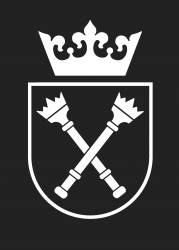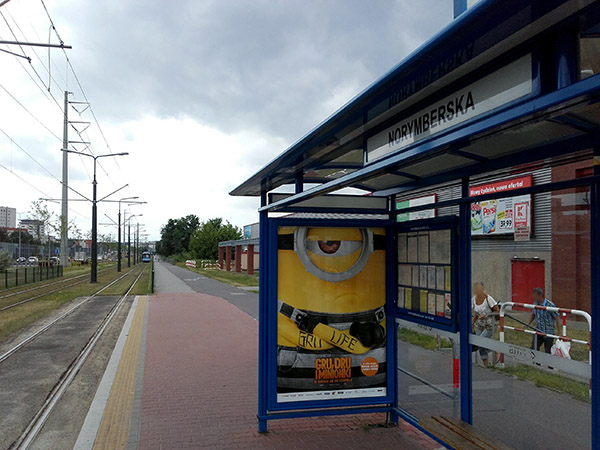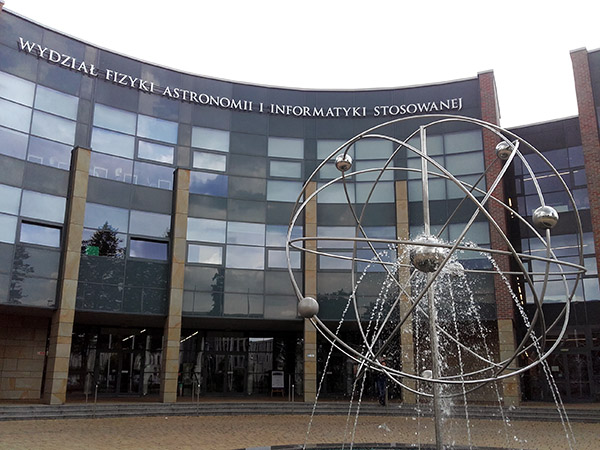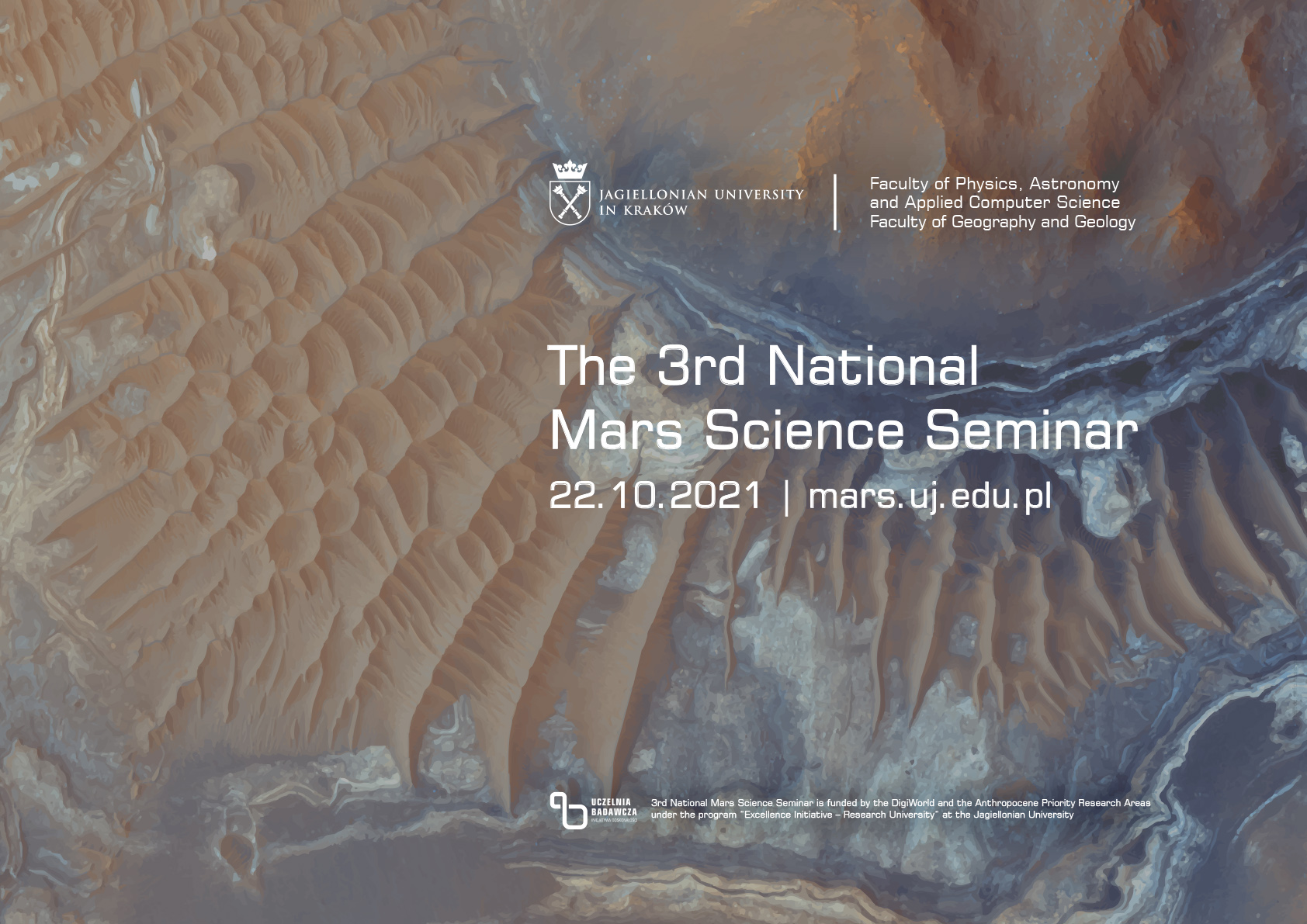
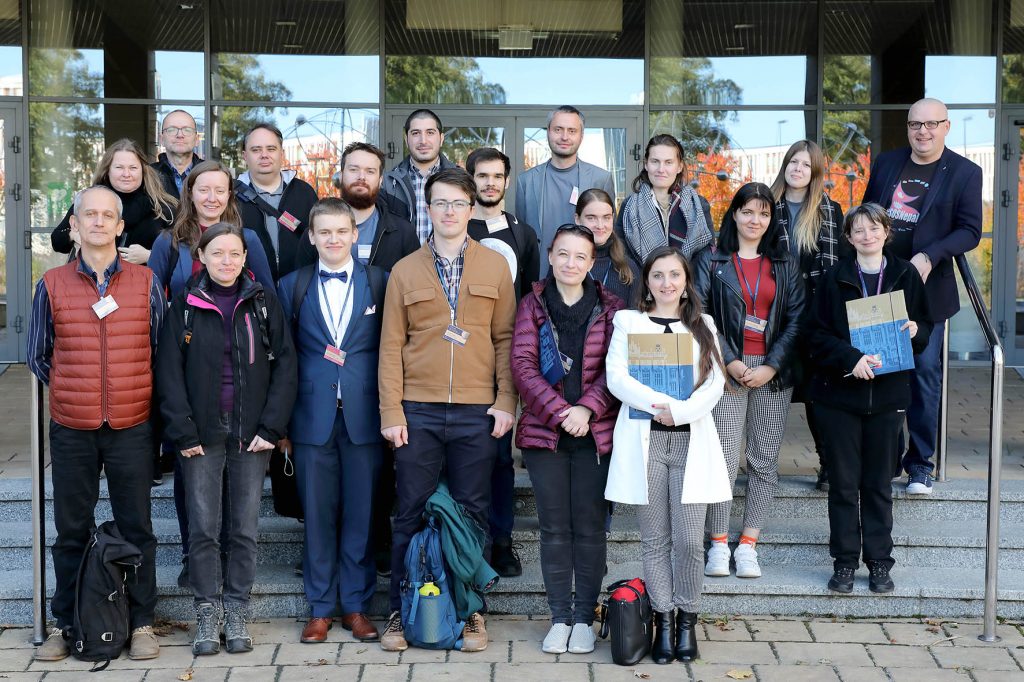
Cel seminarium
Prezentacja osiągnięć polskich naukowców w zakresie badań marsjańskich, nawiązanie współpracy naukowej w zakresie badań marsjańskich pomiędzy różnymi jednostkami naukowymi i naukowcami, rozwój badań marsjańskich w Polsce.
Zakres tematyczny
Tematyka seminarium dotyczy całości zagadnień związanych z Marsem, takich jak:
- estymacja parametrów orbitalnych Marsa i własności globalnych planety
- otoczenie kosmiczne Marsa
- badanie sfer planetarnych Marsa: magnetosfery, jonosfery, atmosfery, litosfery, hydrosfery i wnętrza planety
w tym prezentacji wyników badań opartych na:
- danych z bieżących i zakończonych misji marsjańskich
- nowych proponowanych rozwiązaniach, tj. metodach, aparaturze i narzędziach badawczych dla przyszłych misji marsjańskich
- modelowaniu teoretycznym i symulacjach numerycznych w badaniach marsjańskich
- symulacjach laboratoryjnych w badaniach marsjańskich i badaniach analogów marsjańskich występujących na Ziemi.
Program Seminarium
9:30-10:00 Registration (Main Hall)
10:00-12:15 Oral Session (Room A-1-06)
10:00-10:15 Opening of the Third National Mars Science Seminar
10:15-10:30 Joanna Gurgurewicz (Space Research Centre PAS): Megashears at the crustal dichotomy in Valles Marineris and implications for metalliferous mineralizations
10:30-10:45 Daniel Mège(Space Research Centre PAS): The proto-Valles Marineris history illuminated by the interacting Martian dynamo and crustal dichotomy
10:45-11:00 Joanna Kozakiewicz (Jagiellonian University in Kraków): Coarse-grained ripples in Meridiani Planum
11:00-11:15 Pierre-Antoine Tesson (Space Research Centre PAS): Volcanic airfall deposits in Noctis Labyrinthus
11:15-11:30 Anna Łosiak (Insitute of Geological Sciences PAS): Teaching planetary geology to engineers during European Rover Challenge competition
11:30-11:45 Paweł Rzońca (AGH University of Science and Technology): Modeling of propagation of EM ELF waves on the surface of Mars using FDTD method in the context of ground tomography
11:45-12:00 Piotr Koperski (SGPR.TECH and AGH University of Science and Technology): Some new results from observations of the electromagnetic ELF range phenomena registered on sand dune
12:00-12:15 Magdalena Pilarska-Mazurek (Warsaw University of Technology): Multi-source classification of Meridiani Planum landforms using deep learning for analysis of HIRISE and Opportunity imagery
12:15-12:30 Break
12:30-13:15 Poster Session (II floor corridor at room A-1-06)
Sam Poppe (Space Research Centre PAS): DeMo-Planet: a new project to simulate shallow magma emplacement in the fractured crust of terrestrial planetary bodies
Magdalena Baranowska (Adam Mickiewicz University in Poznań): Mapping features potentially related to glacio-volcanic activity in Utopia Planitia, Mars
Ewa Borowska (University of Warsaw): Astrobiology Investigation on the New Volcanic Island Surtsey
Natalia Zalewska (Space Research Centre PAS): Terrestrial analogues of Martian cone chains on Isidis Planitia
13:15-14:00 Lunch (Bar in Main Hall)
14:15-16:15 Workshop (Room F-1-08)
16:15-16:45 Coffee Break (II floor corridor at room A-1-06)
17:00 Opening of the GO Mars project exhibition (Library)
The official language of the seminar is English.
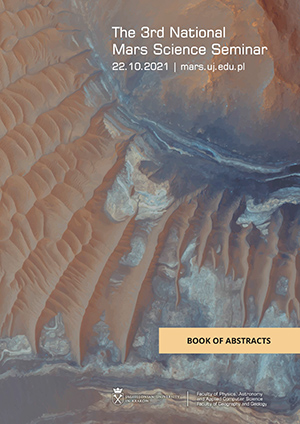
Seminarium jest prowadzone w języku angielskim.
Warsztaty
Osoba prowadząca Magdalena Pilarska-Mazurek (Wydział Geodezji i Kartografii, Politechnika Warszawska)
In the first part of the workshop, open-source tools for Mars orbital images processing will be presented (foremost the NASA Ames Stereo Pipeline, ASP). The participants will familiarize with the tool and with steps necessary to generate products such as Digital Elevation Models (DEMs).
In the second part of the workshop, the participants will have an opportunity to visualize and analyze different Mars data (especially digital elevation models from various sources). This will allow the participants to compare different DEMs and to understand problems that can occur while using the data. The participants are welcome to prepare a computer with the QGIS/ArcGIS software to visualize the data on their own. The data will be available one week before the workshop.
Wystawa GO Mars Project
Zaproszenie na wystawę
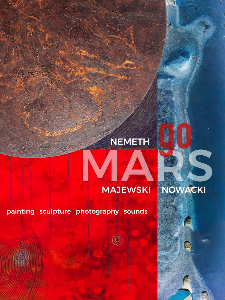
THE GO MARS PROJECT
Art and science have always been associated with each other and are closely related, despite being viewed as areas of life that are distant from each other. The inspirational role of science in modern art becomes even more obvious when we analyze the history of science and art development from the mid-nineteenth century to the present day. Representatives of both fields are characterized by a similar curiosity about the world, their willingness to ask difficult questions as well as seeking answers to them. For them, pushing and extending limits seems to be the key premise of their development, while negating the achievements of previous generations and looking for own new ways of development is something natural. This is a feature of creative people, scientists and artists alike.
When in 2015 I heard, in the course of the conversation, about the title of the dissertation by Joanna Kozakiewicz: “Investigating the Martian subsurface using the Schuman resonance parameter analysis method”, it within seconds became apparent that this was the title of the image that I wanted to paint. This has, after many years served as an input and inspiration for my work and that of my colleagues, Erika Nemeth and Wacław Nowacki, in the exhibition project “Go Mars”.
The “Go Mars” project came into being during café meetings at the end of 2019, when artist-painter Maciej Majewski and photographer Wacław Nowacki, were engaged in endless discussions looking for inspiration for a new exhibition. In 2020, the sculptor Erika Nemeth from Hungary joined the duo.
All three participants agreed to change their current points of view to find a topic that offer the opportunity to describe the times we live in, not only our expectations and fears about the future, but also the hope to develop, explore new spheres and worlds. We, thus decided to change our reference point to Mars.
Each of us has contributed his or her previous creative achievements, style, sensitivity and experience to the project. We started looking for a new leitmotif that would enable us use the best means of artistic expression. Mars has become, for each of us, a source of new inspiration so important to any creator. The resulting work of the three artists, combining painting, artistic photography, sculpture, drawing and musical compositions were dedicated to each work, forming a coherent whole. The exhibition is a projection of our ideas, feelings and emotions that accompanied us while working on it.
Maciej Majewski
LET’S CREATE A NEW WORLD!
There is no guarantee that the world we want to create in the future will be better than the one on the abandoned planet. Man, playing god, is preparing to create it, in order to create new spaces for his expanded self. He tries to justify his exploitative nature with the illusion of a new beginning.
These experiments have become necessary because of mankind’s self-absorbed acts. Searches for a place without real creation, hungry missions to satisfy the needs of a man of pampered morals.
Such an exodus to Mars, could bring change for the better in human nature? New Earth, a pure planet, not accustomed to man. Strong and hard, it does not need us. Will it exercise the grace to welcome us, or will it indifferently absorb us? It is more likely that humanity’s naive hope that Mars is waiting for us will not be fulfilled.
By creating life on a new Earth, we chase the illusion that we are useful and inherently pure. The most we can do is to stop continuing all our grave mistakes and, working with a productive spirit, perhaps become satisfactorily addicted to it.
A productive, respectful, creative spirit can be found in the souls of artists, women, children, and every single human being. The new world can be built on the foundation of their spiritual qualities. Nothing else. Only in this way can this project succeed. To seek a livable planet, to survive. But there is no second chance. It is not possible to repeat the mistakes, what we use to in life on Earth, here they behave differently, otherwise led to unforeseeable consequences.
To grasp the only chance, and the right one, it could ensure the survival for humanity. But survival will not be enough, the resulting construct must be evolvable. Because they have no other chance, either on Earth or on Mars. Man must arrange himself ethically not only in his external universe but also in his internal universe. The well-functioning strategy will not be the living up everything, but the integration into the eternal system, subordination.
Humanity may be able to enrich the world, or even more worlds, but it must completely relearn how to do so. It has misjudged the purpose of enrichment, has not applied it prudently, has immorally defined its meaning.
What can three artists, who have thought together on this question do about it?
They can try to build on each other’s ideas, to fit into each other’s universe, and thus create a single common ground. Which was liberatingly inspiring work. Real progress, a release of anxiety, for all of them.
Majewski showed us what the right structure could be to build a whole new world, Nowacki showed us how delicate, secret and beautiful the path to it can be. And I have shown what that world will be like if it is not built on the right structure and if we do not start on the right path towards it.
Erica Nemeth
Wystawę Go MARS Project można zwiedzać do końca października w godzinach 9:00-18:00 w Bibliotece Wydziału Fizyki, Astronomii i Informatyki Stosowanej UJ, ul. Łojasiewicza 11 Kraków.
Organizatorzy
Wydział Fizyki, Astronomii i Informatyki Stosowanej Uniwersytet Jagielloński w Krakowie
Wydział Geografii i Geologii Uniwersytet Jagielloński w Krakowie
Komitet Honorowy
Prof. dr hab. Ewa Gudowska-Nowak Dziekan Wydziału Fizyki Astronomii i Informatyki Stosowanej UJ
Prof. dr hab. Marek Drewnik Dziekan Wydziału Geografii i Geologii UJ
Komitet Naukowy
- Prof. dr hab. Daniel Mège (Centrum Badań Kosmicznych, PAN)
- Prof. dr hab. Kazimierz Krzemień (Wydziału Geografii i Geologii, Uniwersytet Jagielloński)
- Prof. dr hab. Robert Olszewski (Wydział Geodezji i Kartografii, Politechnika Warszawska)
- Dr Joanna Gurgurewicz (Centrum Badań Kosmicznych, PAN)
- Dr Joanna Kozakiewicz (Wydział Fizyki, Astronomii I Informatyki Stosowanej, Uniwersytet Jagielloński)
Go Mars Project – Antypody Team
- Maciej Majewski (malarstwo)
- Erica Nemeth (rzeźba)
- Wacław Nowacki (fotografia i dźwięk)
Komitet Organizacyjny
- Dr Joanna Kozakiewicz (Wydział Fizyki, Astronomii i Informatyki Stosowanej UJ)
- Dr Maciej Kania (Instytut Nauk Geologicznych UJ)
- Mgr Nikodem Frodyma (Wydział Fizyki, Astronomii i Informatyki Stosowanej UJ)
- Mgr Mateusz Sobucki (Instytut Geografii i Gospodarki Przestrzennej UJ)
W razie pytań prosimy o kontakt na: mars@netmail.if.uj.edu.pl.

III Ogólnopolskie Seminarium Marsjańskie jest finansowane ze środków Priorytetowych Obszarów Badawczych: DigiWorld oraz Anthropocene w ramach programu „Inicjatywa Doskonałości – Uczelnia Badawcza” w Uniwersytecie Jagiellońskim
Dojazd
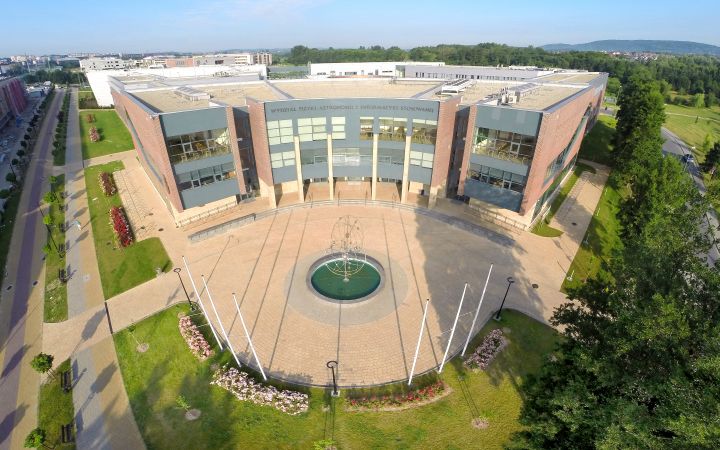
Do Kampusu UJ można dojechać z Dworca Głównego linią tramwajową numer 52 w kierunku Czerwone Maki P+R. Linia 52 kursuje co ok. 5 minut. Czas przejazdu ok. 30 minut. Należy wysiąść na przystanku Norymberska lub Ruczaj. Plan Kampusu wraz z zaznaczonymi budynkami znajduje się poniżej. Budynek Wydziału, Fizyki, Astronomii i Informatyki Stosowanej (WFAIS) UJ jest zaznaczany na pomarańczowo. Pozostałe budynki uniwersyteckie na niebiesko. Czerwona strzałka oznacza główne wejście do budynku WFAIS. Najbliższe przystanki tramwajowe są oznaczone niebieskimi kwadratami. Od przystanku Norymberska do głównego wejścia do WFAIS jest ok. 500 m, a od przystanku Ruczaj 400 m.
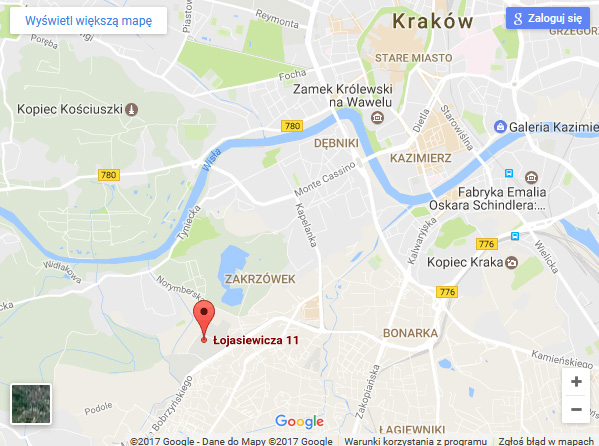
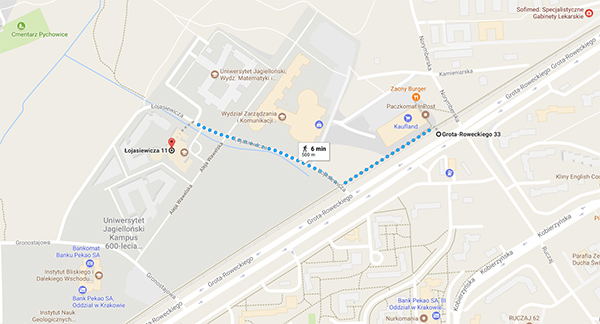
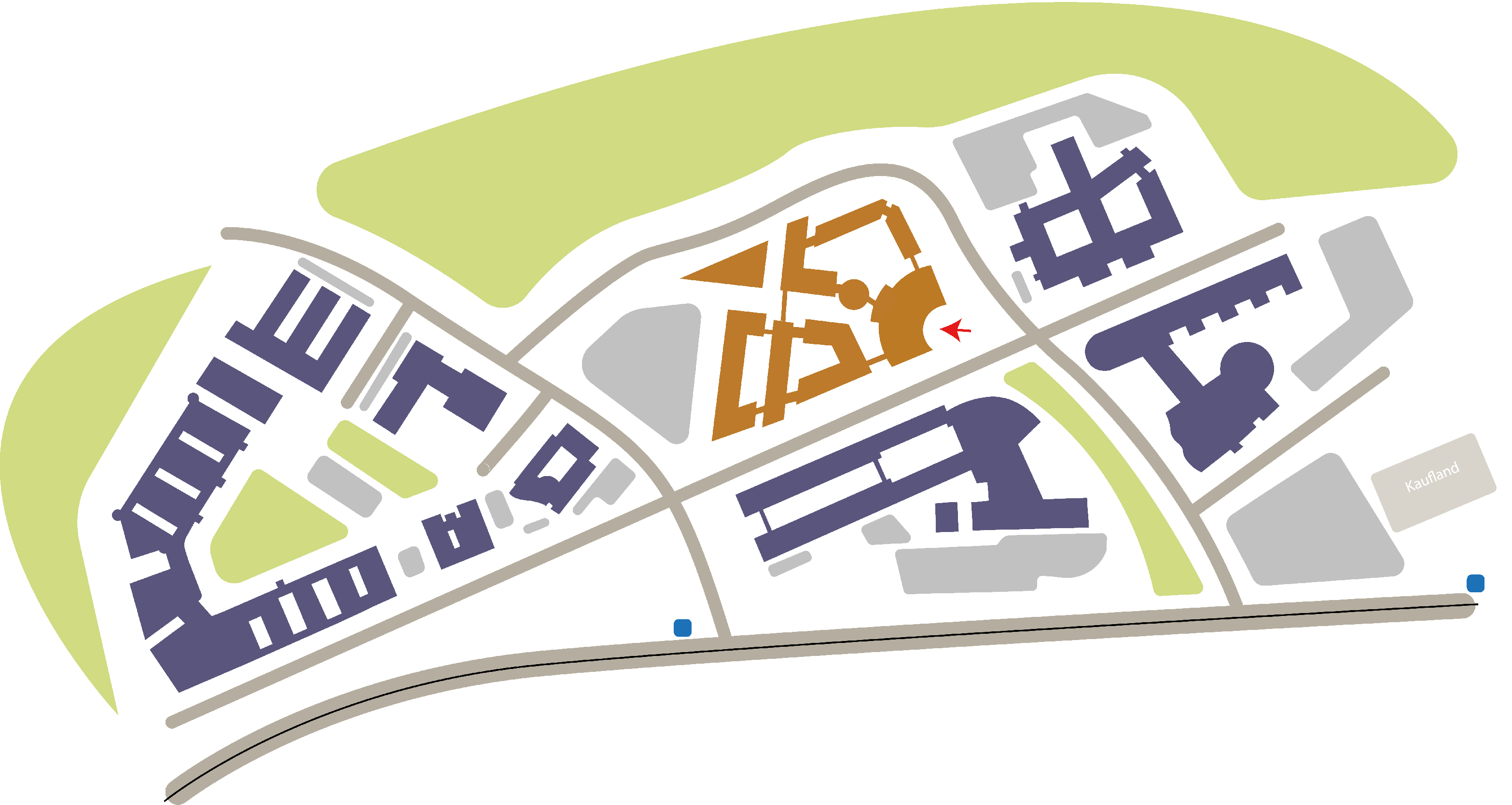
Kontakt
Wydział Fizyki, Astronomii i Informatyki Stosowanej Uniwersytet Jagielloński w Krakowie
Kampus 600-lecia Odnowienia Uniwersytetu Jagiellońskiego
Adres: prof. Stanisława Łojasiewicza 11, 30-348 Kraków
e-mail: mars@netmail.if.uj.edu.pl

